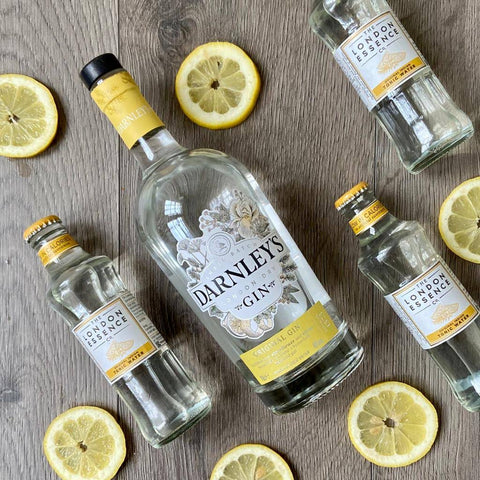Tonic: the history behind this bubbly favourite

The word 'tonic' has for a long time (since the 16th century) been associated with medicine or at least having the property of restoring health. It is fitting then that the history of Tonic Water as we know it starts with its link to healing capabilities.
The bitter flavour of Tonic comes from quinine, from the bark of the cinchona tree, which breeched the world of medicine as a cure for malaria.
Malaria was rife across most parts of the world in the 17th century, but many of the first stories of quinine come from the Spanish and Portuguese expeditions to South America. As with most products in the drinks industry, the origin and first use are contested accounts though there are ones with more traction than others.
One story, as legend has it, is that a South American fell into a pool that had been contaminated by this bark and found shortly after that his fever had broken and he no longer had malaria. Another story, perhaps more colonial in nature, is that Countess Cinchona, a Spanish noblewoman, was given a mixture of plants and bark from the then 'Andean Tree' which broke her fever, thus giving the tree the name we use today - Cinchona.
Take whichever story you wish but what we know for sure is the bark originated in South America and quickly made its way around the world as a popular, and effective, cure for malaria.
As for the Tonic, this origination lies with the British Army when they were in India in the mid nineteenth century. Given quinine as a malaria cure but also as a preventative, the army began to mix it with soda water and sugar to lessen the natural bitter taste. It is for this reason we normally call it Indian Tonic Water.
This drink has not stopped evolving since and today you can find all kinds of flavoured, diet or differently carbonated Tonic waters. Perhaps the most relevant to this story is the nouveau brand 'Fever Tree' which takes its name from the anti-malarial properties of the cinchona bark.
Gin and Tonics have been loved by many and are still widely enjoyed to this very day - especially with Darnley's...
Explore the perfect way to create a Darnley's Gin and Tonic here!
